10 Essential Ingredients in Japanese Cooking
Understanding Spices
Your cart is empty.
SUBTOTAL
£0.00

Understanding Spices
Craving Japanese food and fancy a crack at making a few dishes yourself? The first thing you need to do is assemble all the right ingredients. Shopping for Japanese products can be daunting and intimidating if you’re not familiar with them. But don’t worry – we’ve put together this guide to the 10 essential ingredients you’ll need to cook up some delicious Japanese dishes.

Rice is a staple in Japanese cuisine, forming the base of an array of dishes – and not just sushi. Unlike long and medium grain rice used in India and China, the Japanese prefer short grain rice. This has a higher starch content than longer grained rice, giving it a sticky texture that characterises Japanese dishes. This makes it easier to pick up with chopsticks as it clumps together. Rice is usually served plain as a side to other dishes or used to make sushi.

Noodles are also a huge part of Japanese cuisine. There are many varieties, ranging in shape, size and the flour they’re made from. Soba noodles are thin and delicate, made from buckwheat flour and typically served in soups, cold salads or chilled with a dipping sauce. Udon noodles are long, plump and chewy, made from refined wheat flour. These are typically served in hot soups, salads and stir-fries. Ramen noodles are thin and made from wheat flour, usually served in a bowl of soup. In addition to these popular noodles, there are also less common noodles eaten in certain parts of Japan. Konjac or shirataki noodles are thin and translucent, made from yam and served in soups and stir-fries.
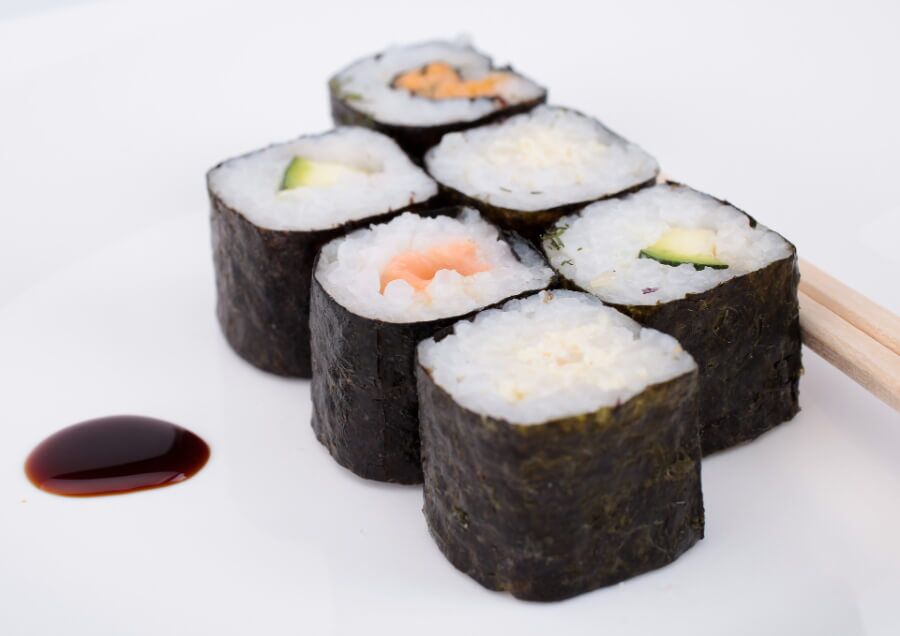
Nori is a type of dried seaweed which is perhaps most familiar as the wrapping for sushi and onigiri (rice balls), but is also used in stir-fries, soups and ramen. There are three types of nori: yaki nori (dry-roasted), ajitsuke nori (seasoned and roasted) and tsukudani nori (wet seasoned). Nori is shredded, dried and shaped into crisp, paper-thin sheets that are kept dry.
Wakame is another type of seaweed which is used in miso soup. It comes in a dried form and has a subtle, sweet flavour – a delicious addition to any broth.
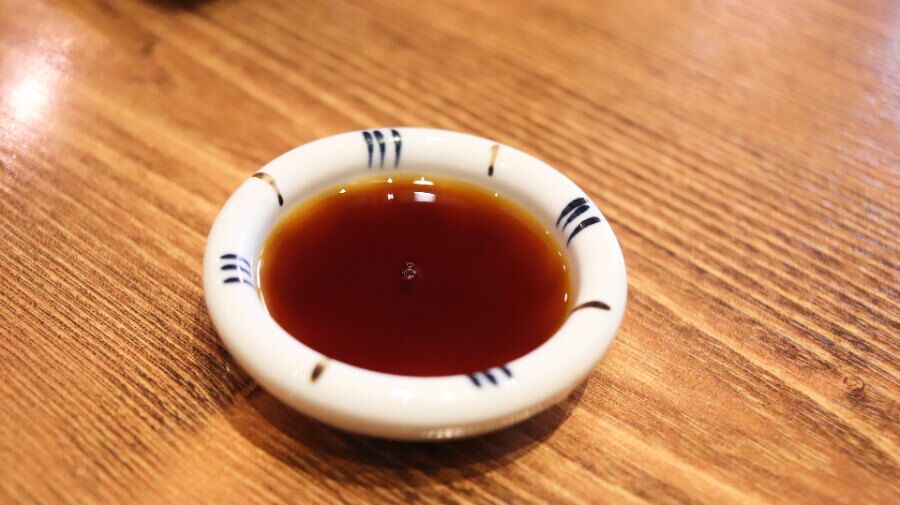
Although you may already be familiar with soy sauce, shoyu (Japanese soy sauce) is different to those found in other Asian countries. There’s light shoyu which is saltier, or dark shoyu with a more rounded flavour. Shoyu is an artisanal product, often taking months or years to develop and mature. While Chinese soy sauces tend to be made from fermented soy beans, Japanese soy sauces are usually made from a mix of soybeans and wheat.
Tamari is a type of soy sauce which was traditionally just a by-product of making miso. It’s salty and tastes similar to Chinese light soy sauce and is also naturally gluten-free.
Rice vinegar, or rice wine vinegar, is used as a seasoning in a variety of Japanese dishes. It has a milder taste compared to European vinegars, and is used in soups, sauces, salads, seasoning sushi rice and in Japanese pickles. Rice vinegar boasts plenty of health benefits thanks to its amino acids – it’s used to aid digestion and boost the immune system.

Sake and mirin are both Japanese rice wines, but they are fermented for different uses. Sake, Japan’s national drink, has a higher alcohol content and is primarily consumed as a drink, although sometimes it can be used as part of a marinade or stirred into sauces and soups.
Mirin has much less alcohol and is brewed as a cooking ingredient. It has a sweeter flavour, so it contrasts well with salty condiments like soy sauce. You’ll often find it used in soup stocks, glazes and dumpling filling mixes.
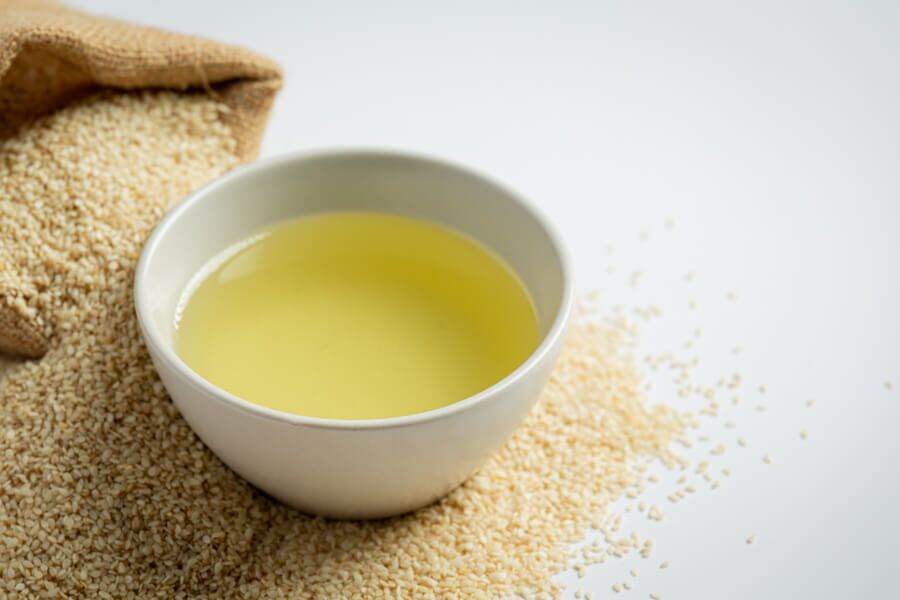
You’ll often find Japanese recipes calling for sesame oil. This fragrant, nutty oil is made from sesame seeds and mainly used as a flavouring rather than a cooking oil. It’s delicious in marinades, sauces, salad dressings, stir-fries and noodle dishes. If the oil has a deeper colour, it means that the sesame seeds have been roasted before being pressed. This has a tendency to burn even at low temperatures, so shouldn’t be used to cook with. Sesame oil has a very strong flavour, so should only be used sparingly.
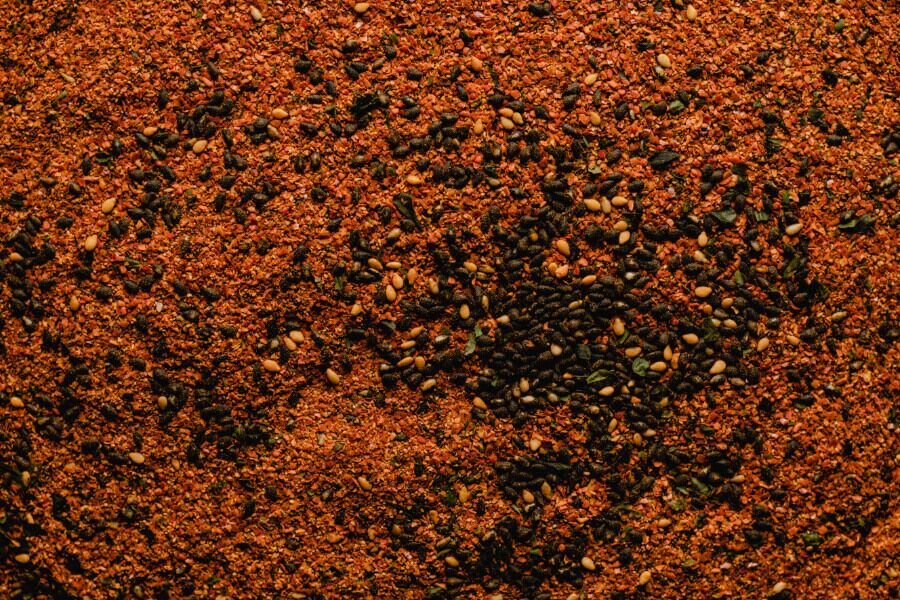
The word ‘shichi’ means ‘seven’ in Japanese, and ‘togarashi’ means ‘chillies’ or ‘peppers’. Shichimi togarashi is a blend of seven dried and ground spices which include red chilli peppers, roasted or dried orange peel, sansho (Japanese peppercorns), yellow and black sesame seeds, ginger and nori. Shichimi togarashi is a versatile seasoning which adds a fiery kick to a whole range of dishes. Use it as a condiment and sprinkle over rice and noodle dishes, grilled meats, eggs, tempura and fried foods. Read more about this spice blend here.
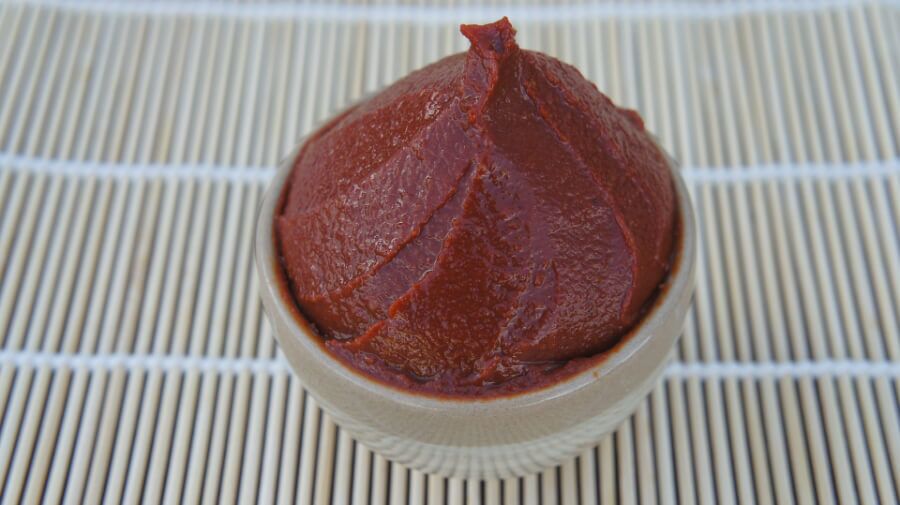
Miso is an important ingredient in Japanese cooking. This seasoning paste is made from fermented soybeans, often mixed with sea salt and rice to make a paste which is salty, slightly sweet and packed with umami flavours. There are different kinds of miso, such as red or white miso, each one boasting their own flavour profile. The darker the colour, the longer the fermentation process and the stronger the flavour.. Miso is the foundation of miso soup, but it can also be used in broths or to add flavour to meats, sauces, marinades and salad dressings.
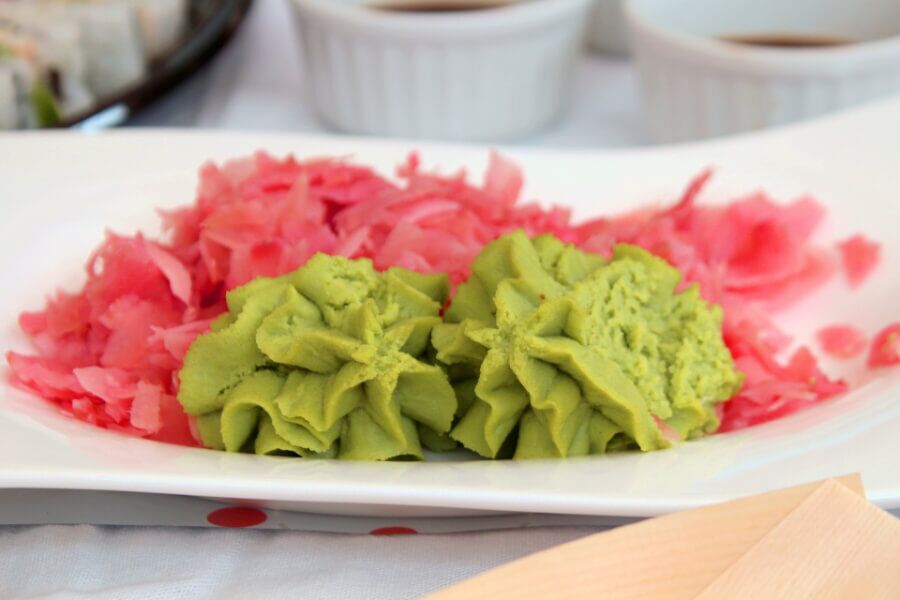
Wasabi is a green paste made from the root of a Japanese variety of horseradish. The root is grated and mixed with water and oil to form a paste which is mainly used as a condiment to accompany sushi and sashimi. Although fresh wasabi root is hard to find in the West, it’s easy to find in its powdered form or as a paste. The powder needs to be mixed with a little water but the paste can be used as it is. Wasabi is very pungent, and if you’re not careful, can get up your nose with its mustard-like heat.
Understanding Spices
Spices have long been integral to the UK's culinary landscape, adding depth, flavours, and richness to a myriad of dishes. From the pungent aroma of cumin in Indian curries to...
Read MoreUnderstanding Spices
Confetti is an essential part of any wedding day. Not only is it a wonderful way to greet a newlywed couple, but it also provides some beautiful photo opportunities. The...
Read MoreSeasonal Ideas
It’s no secret that any handmade gift will always be more special than a store-bought one. Homemade food gifts are especially wonderful, a labour of love that shows someone you...
Read MoreHealth and Wellbeing
It’s no secret that winter’s cold and gloomy weather makes us crave indulgent dishes like fondue and baked goods like sticky toffee pudding and apple crumble. While Christmas is the...
Read More